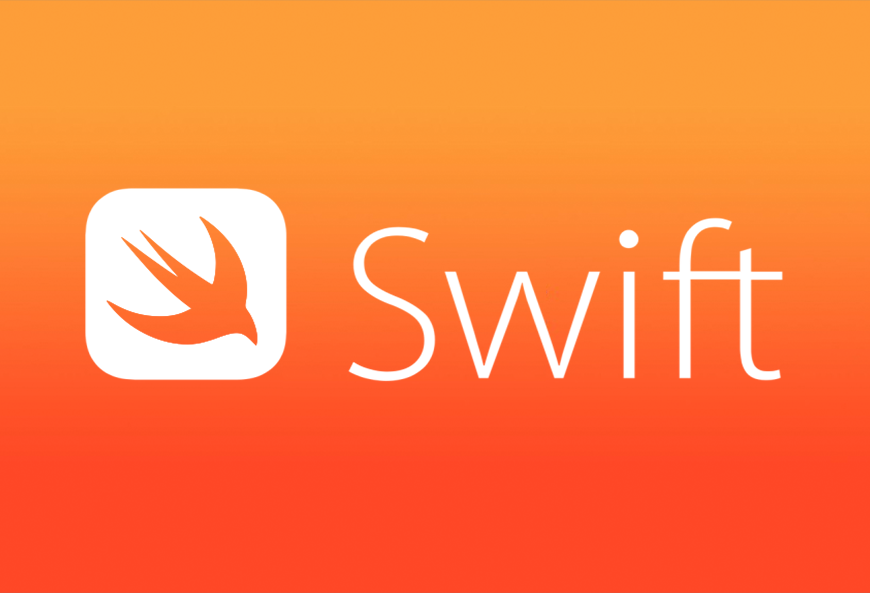This page has been translated automatically and has not yet been verified by experts.
Swift – a powerful and intuitive programming language for macOS , iOS , watchOS and tvOS, but different from Objective-C a wider range of possibilities, which were limited to communication with C. In addition, Swift can be called safe because the language is strongly typed: at any given time you know exactly What type of object are you working with? Its main advantage is speed: both when working on a project and when launching a finished application. Swift has absorbed all the best from modern languages. The larger community of developers on Swift always help each other, and the presence in the world of a huge number of gadgets from Apple will never leave you without work)
Training takes place face-to-face or online, 1-2 times a week, lesson duration is 2 academic hours.
Basic course program (40 academic hours):
Section 1. Introduction to development for iOS
Topic 1.1 Xcode and Swift . Application development languages Objective C and Swift . Integrated development environment XCode . Application structure. Development of the first application for iOS . Publishing the application.
Section 2. Programming language Swift
Topic 2.1 Language Basics Swift . Constants and variables. Data types. Cast. Operators. Operator priority.
Topic 2.2 Options. The concept of optional. Using an optional. Methods for deploying options.
Topic 2.3 Branch and loop operators. Branch operators. Cyclic operators.
Topic 2.4 Storing collections in dictionaries and arrays. Creating and using arrays. Creation and use of dictionaries.
Topic 2.5 Functions in Swift . Using built-in functions. Creating custom functions.
Topic 2.6 Custom classes and structures. Creating a class. Property self . Class inheritance. Value types and reference types. Using structures.
Section H: Creating a User Interface
Topic 3.1 Using Storyboard. Storyboard. Autolayout. Linking the interface and code.
Topic 3.2 Using SwiftUI . Basic interface elements. Modifiers. Annotations.
Section 4. Data Storage
Topic 4.1 Framework Core Data . Creating a data schema. Storage, selection, deletion of data.
